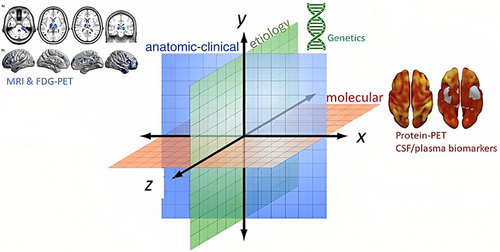Parkinson’s disease (PD) affects at least 10 million people worldwide. It is a neurodegenerative disease, which is currently diagnosed by neurological examination. No neuroimaging investigation or blood biomarker is available to aid diagnosis and prognosis. Most effort toward diagnosis using magnetic resonance (MR) has been focused on the use of structural/anatomical neuroimaging and diffusion tensor imaging (DTI). However, deep brain stimulation, a current strategy for treating PD, is guided by MR imaging (MRI). For clinical prognosis, diagnosis, and follow-up investigations, blood oxygen level-dependent MRI, DTI, spectroscopy, and transcranial magnetic stimulation have been used. These techniques represent the state of the art in the last 5 years. Here, we focus on MR techniques for the diagnosis and treatment of Parkinson’s disease.

